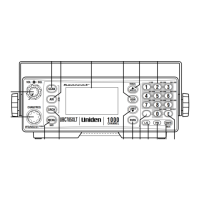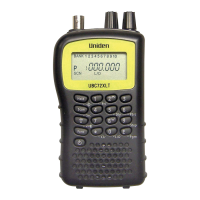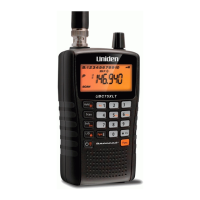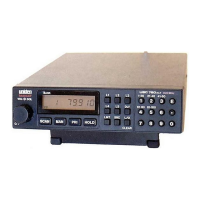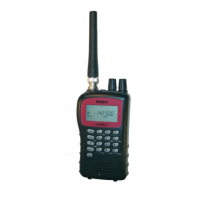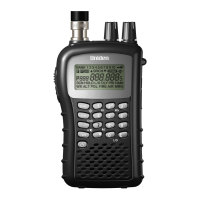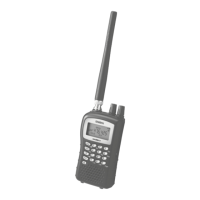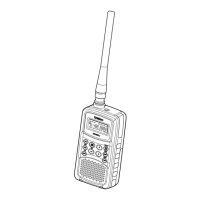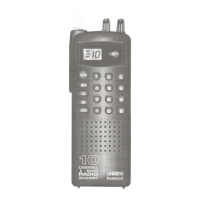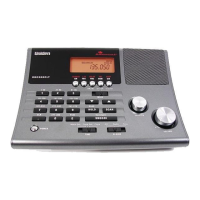Why won't my Uniden UBC780XLT Scanner stop scanning?
- AAmy WilliamsAug 16, 2025
If your Uniden Scanner won't stop scanning, you might need to adjust the squelch threshold. Also, check the antenna connection. Ensure that not too many channels are locked out, as this reduces the scanner's ability to find an active channel. Review each channel's frequency to confirm it's correctly stored in memory. It's also possible that none of the programmed frequencies are currently active.


